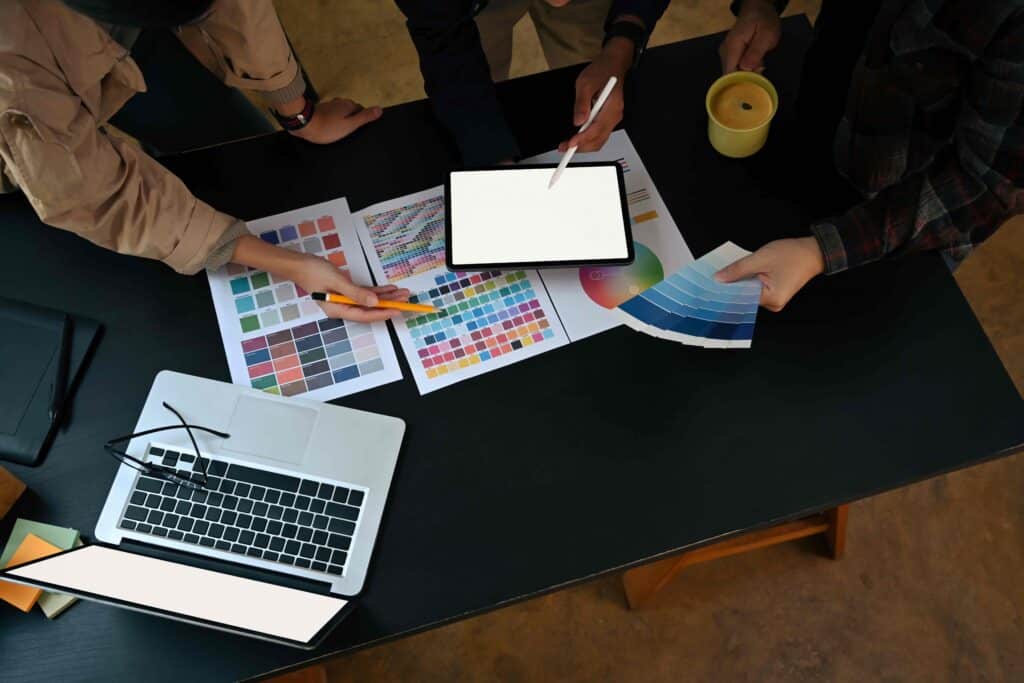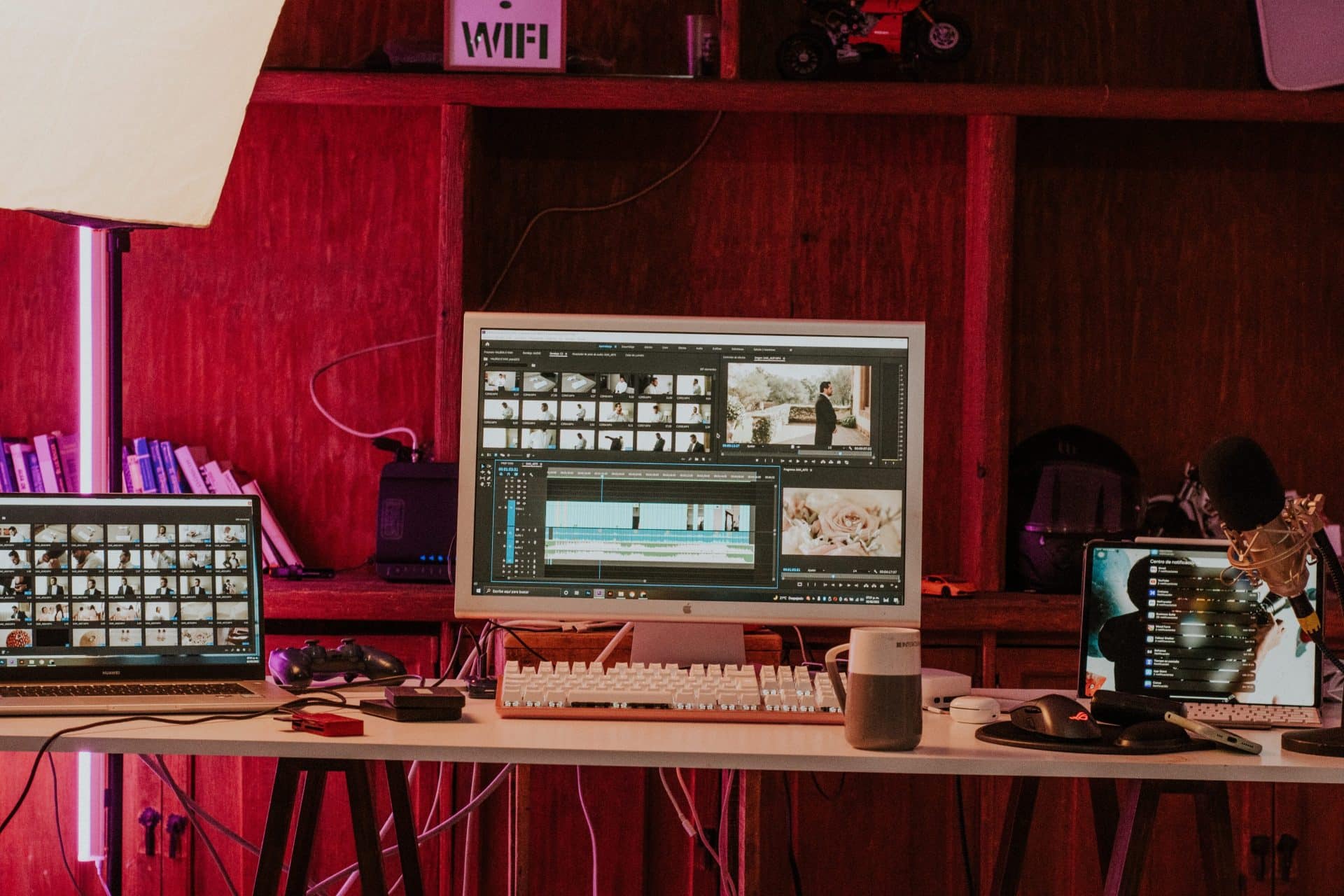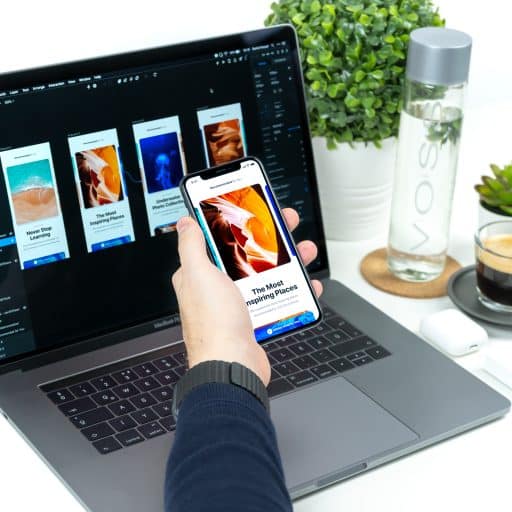In today’s fast-paced digital age, designers need to equip themselves with the right tools and software to stay ahead of the competition. Whether you’re a seasoned professional or just starting your design journey, having a comprehensive toolkit is crucial for unleashing your creativity and delivering outstanding results.
Lets explore a curated list of must-have tools and software specifically tailored for graphic designers, along with valuable tips and insights to enhance your productivity and keep you on top of the latest design trends.
The best investment is in the tools of one’s own trade
Benjamin Franklin

While design encompasses a wide range of disciplines, we will specifically focus on the tools and software that are indispensable for graphic designers.
Essential Software Programs
To kickstart our list, let’s look into the essential software programs that every graphic designer should have. Adobe Creative Cloud is the industry standard and offers a suite of powerful applications such as Photoshop, Illustrator, and InDesign. These tools provide endless possibilities for image editing, vector graphics creation, and layout design.
Tailored Software Examples
As a graphic designer, you’ll often encounter projects that require specialised software.
- Adobe Photoshop: Widely regarded as the industry standard for image editing, Photoshop offers of tools and features for retouching photos, creating digital artwork, and designing graphics for various mediums.
- Adobe Illustrator: This vector graphics editor is perfect for creating scalable illustrations, logos, icons, and typography. Illustrator’s set of tools allows designers to create precise and visually appealing artwork.
- Adobe InDesign: As a layout design software, InDesign is ideal for designing brochures, magazines, posters, and other print materials. It provides comprehensive control over typography, page layouts, and interactive elements.
- Adobe XD and Sketch:Targeting UI/UX designers, these programs enable the creation of interactive prototypes and user-friendly interfaces.
- Adobe After Effects and Cinema 4D: After Effects allows designers to create captivating animations, video effects, and motion graphics.
Cinema 4D is primarily used for 3D modeling, animation, and rendering.
Budget-Friendly Alternatives
Not every designer has a large budget for software. Thankfully, there are excellent free and open-source alternatives available. GIMP is a powerful image editing software that rivals Photoshop, while Inkscape offers vector graphics capabilities comparable to Illustrator. These options are ideal for designers looking to save costs without compromising quality.
Tools for Inspiration and Brainstorming
Every designer needs inspiration and tools to facilitate brainstorming sessions. Websites like Dribbble and Behance showcase a vast collection of design work from professionals worldwide, serving as a limitless source of ideas. Additionally, applications like Miro and Milanote provide collaborative spaces for visual thinking, organising ideas, and collecting references.
Essential Hardware Tools
While software forms the backbone of a designer’s toolkit, hardware is equally important. A high-resolution monitor with accurate colour reproduction ensures that your designs look their best. A graphics tablet, such as the Wacom, offers a natural and precise drawing experience for digital artwork and illustrations. These hardware tools can significantly enhance your creative process.
Online Learning Platforms and Resources
Continuous learning is vital for professional growth. Platforms like Skillshare, Udemy, and LinkedIn Learning offer a wide range of courses and tutorials, covering everything from design fundamentals to advanced techniques. These resources enable you to expand your skill set and stay updated with the latest design practices.
Emerging Design Trends and Technologies
The design industry is constantly evolving, and staying informed about emerging trends and technologies is crucial.. Augmented reality (AR), virtual reality (VR), and voice user interfaces (VUI) are gaining prominence. Exploring tools like Adobe Aero for AR experiences or learning about voice interface design can give you an edge in the industry.
In conclusion, as a graphic designer, having the right tools and software at your disposal is crucial for unleashing your creative potential and staying ahead in a rapidly evolving industry.
Key Takeaways
- Adobe Creative Cloud offers indispensable software programs like Photoshop, Illustrator, and InDesign.
- Tailored software options like Sketch and Adobe XD cater to specific design needs, such as UI/UX and motion graphics.
- Budget-friendly alternatives like GIMP and Inkscape provide quality options for those on a tight budget.
- Find inspiration on platforms like Dribbble and Behance, and use collaborative tools like Miro and Milanote for brainstorming.
- Hardware tools like high-resolution monitors and graphics tablets enhance your workflow.
- Stay updated with industry trends, learn through online platforms, and embrace emerging technologies. By embracing these key elements, you can elevate your design skills and succeed in the dynamic world of graphic design.






